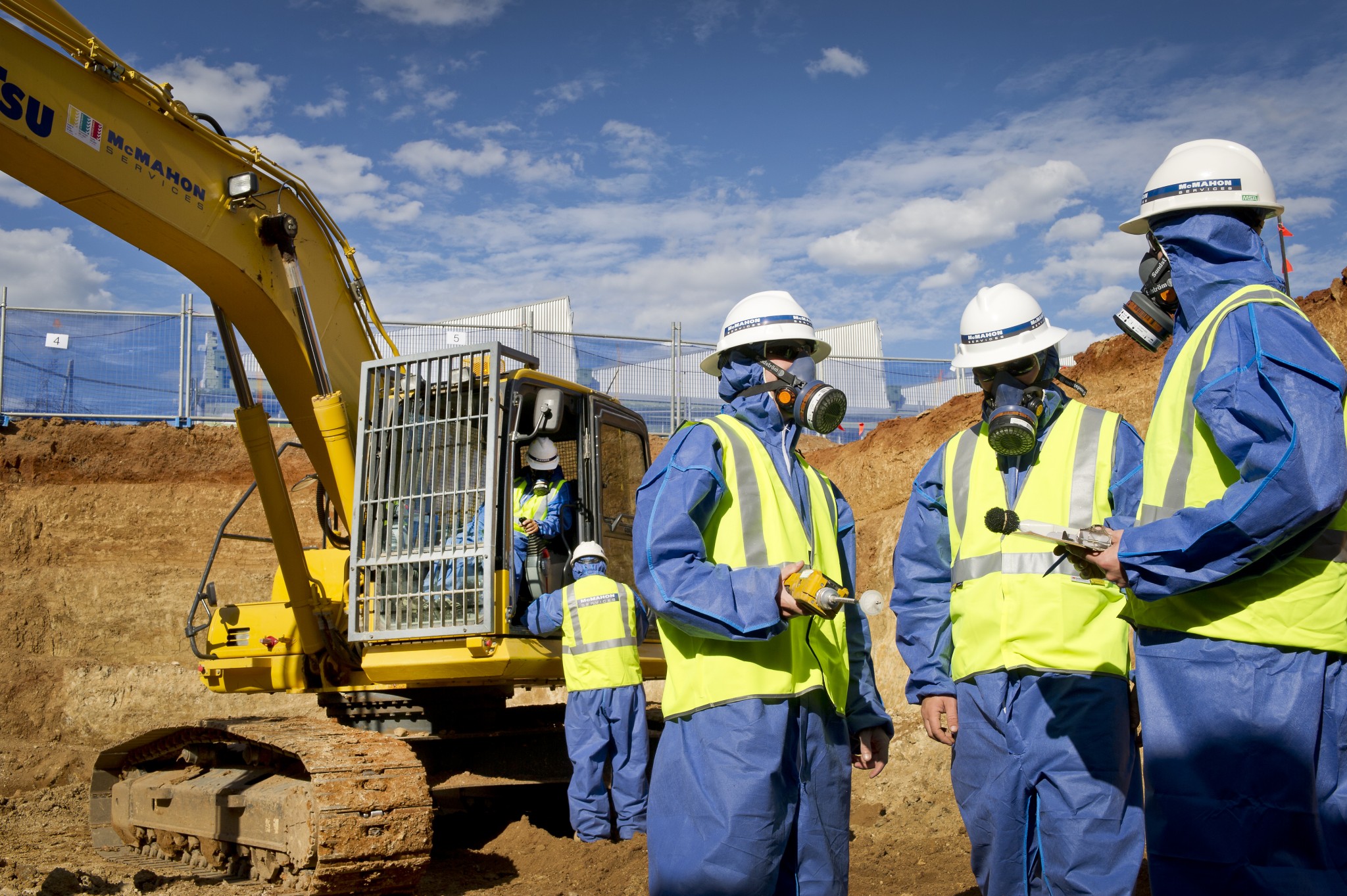What is Land Remediation?

Taking care of our environment today is a sustainable task for tomorrow’s generation. The Land Remediation Service deals with the exclusive process of removing contaminants or particles from surface water,
groundwater and silt. This strategy is done to keep atmospheric pollution and radiation safe. The sole criterion of our land remediation service around the world is to protect all living creatures and Mother
Nature from the harmful effects of land radiation. It is notable, however, that the routine list does not include any radioactive material, even though aspects relating to the use, control, and disposal of
radioactive materials arguably causes people the most concern, and is more heavily regulated than any other industrial area.
Often, companies mistakenly assume that radioactivity need not be a consideration unless the site has been associated with the nuclear power, nuclear defense, or related industries. However, it is
increasingly evident that radioactivity can be a significant factor in a much wider context. As the remediation and recovery of brown field sites has become increasingly important for around the world, so it
has for Aurora, and the company is now one of around the world’s leading experts. Our expert consultancy advice and services for all aspects of radioactively contaminated land projects is second to none. We
provide radiation surveys, RPA and RWA advice, environmental impact assessments, training, and provision of specialist radiation safety support, guaranteeing companies across the country the skill, knowledge,
and experience they need to complete their remediation projects. We strive to deliver on our key service commitments every time, providing the best-quality service and maintaining our reputation as global
leaders within the independent radiation protection sector.





